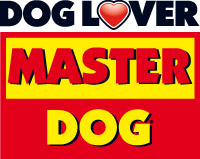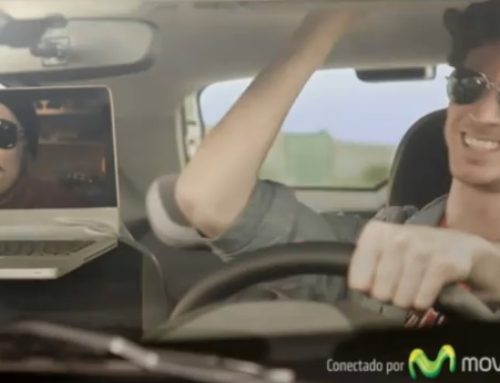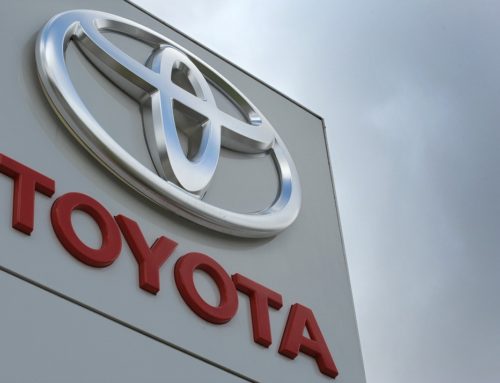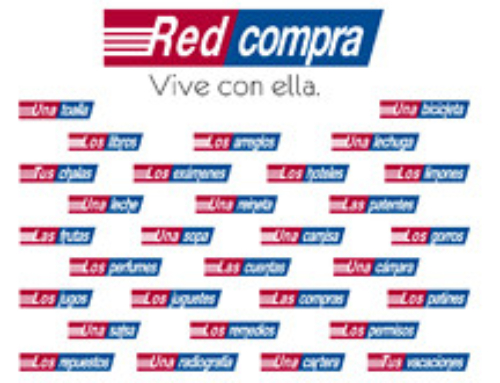Introduction
The present report is to analyze a marketing communication campaign that has been developed in the country of Chile and the needs to adapt it to the United Kingdom European Union (EU) country. We will consider the differences between both countries and what we need to make a successful adaptation. The original campaign was developed by the Chilean company Carozzi, with their pet food brand “Master Dog”.
The Chilean Marketing Communication Campaign
The campaign started in 2009 and it´s still running, the main objective was to increase the sales of dog food in Chile and become the leader in his category. For that, they designed a campaign that emphasized the link between the people and their pets, positioning the brand with an innovative, different, close and attractive concept that could “name” the relationship between pets and their masters. The principal message was: “If you love your dog, you are a Dog Lover”.
Here is an example of a commercial transmitted in the national broadcast TV system: http://www.youtube.com/watch?v=LuLTS6dLJ2I (Lover Master Dog Campaign, 2010).
The center of the campaign was to improve the brands recall and loyalty using innovative ways of communication, integrating a great diversity of mediums including mass media advertising like TV commercials, (Lover Master Dog Campaign, 2010), national newspapers, radios, outdoors, etc. with social networks like Facebook (Dog Lover Facebook, 2012) or Tweeter and an exclusive website designed for the campaign (Dog Lover Web Site, 2012).
According to Patricia Muñoz, Business Manager of the company, the crucial part of the campaign was that they realized they could differentiate from the competitors by the way of the “emotions” (Palma, 2011).
The communication strategy was to create a web and Facebook site to be a point of encounter of dog owners, were they could share thing related with their pets. The most important part are the periodical contests, where masters have to subscribe to participate in diverse competitions like: uploading photos with their dogs telling people why they are the best dog lover of the year, upload a video with a song expressing their love for their pet or different challenges with their dogs like tests or exercises, vote for the best photo, etc. The awards are almost all the time kilos of pet food.
The results of the campaign were very satisfactory, according to the agency Prolam Y&R the communication impact was high, 91% of a survey interviewed identified with the concept “Dog Lover” and 72% considered the “Dog Lover” concept in between other aspects (Palma, 2011), at the end of Jun 2012 the Facebook site had more than 53,000 likes and 4,000 people registered (Dog Lover Facebook, 2012). The sales results increased, passing to the first place in the Chilean market share with almost the 30%, growing more that 50% in the last 4 years (Passport, 2012).
Differences between the Chilean and the United Kingdom (UK) market
One of the main differences between Chile and the UK is that Chile is considered a developing nation with a GDP per capita of 15,400 dollars compared with the 34,800 dollars that in average have the people of the UK developed country (Index Mundi, n.d.). These means that the UK people are more mature and sophisticated customers. Another important issue is related with families; in Europe tend to be smaller, with fewer kids living in smaller houses, more of them in buildings, tending to have little pets like cats.
If we look at the product mix of pet food, in Chile the 75% is related with dry dog food and almost the 80% only for dogs. In Europe only the 28% percent of the pet food is dry dog one and a total of 45% for dogs, the product mix is more diverse (Cañas, n.d.), centered in the quality and healthy-related purchases such as food for specific breed, age or health condition, or food that is fortified, focusing on premium products and discretionary items (Spizziri, 2010). In Chile, the important component of the pet food is the amount of calories they give to the animal. In developed nations, like the ones of the EU, The trend is toward the humanization of animals and pets are becoming part of the family (Spizziri, 2010).
Adaptation of the Campaign
The main objective of the campaign is the same, and more, it has to increase the relation between pets and owners with the consequent “emotion link”, because in more sophisticated markets like the European ones, people tend to humanize more the relation with their animals.
As we saw the UK customers are more mature and sophisticated with more than double average income than the Chilean ones, that is why the product offered needs to focus on quality and be a premium food with more variety having dry, wet, snacks and treats in the mix.
In Chile, the objective segment was the mid-high and high class people (because of the average income). Instead, the campaign in the UK will be broader, focusing in the middle class city people.
A very important issue is that the campaign is going to consider in equal parts dogs and cats, which in European nations have the same importance in share market.
We will use massive advertising like TV, newspapers and magazines to make the awareness of the campaign, but we will include the “pet superstores” as a main part of the campaign because European customers buy the pet food there, in particular the UK customers (Spizzini, 2010). These stores are adding more services (veterinary, grooming and boarding) transforming themselves in one-stop shops. In Chile they are not important because almost the 70% of the food is sold in big retail supermarkets (Cañas, n.d.)
As in Chile, the “Dog Lover” club will operate with a web and Facebook site because the penetration of internet and social networks are equal or higher in the UK and customers are more used to spend time on Internet.
One of the differences are the level of services related with the “Dog Lover” club, they have to be higher and with the focus on health and entertainment, online advice, veterinarian services, etc. The tests and competitions have to be always playful but more related with outdoors or running.
The rewards for the winners have to be more than free food; maybe it could be a trip on vacations with your pet: “If you love your pet, spend your best time with him”.
References
Palma, Luis (2011, june 16). ¿Y tú…eres un Dog Lover?, Master Dog. Retrieved on July 25, 2011 from http://www.prolam.cl/2011/06/%C2%BFy-tu-eres-tu-un-dog-lover/
Dog Lover Web Site (2012). Retrieved on July 26, 2012 from http://www.doglovermasterdog.cl/
Lover Master Dog Campaign (2010, October 29). Si amas a tu perro eres un Dog Lover. Retrieved on July 26, 2012 from http://www.youtube.com/watch?v=LuLTS6dLJ2I
Dog Lover Facebook (2012). Retrieved on July 26, 2012 from http://www.facebook.com/doglovermasterdog
Passport (2012, May). Latin American pet care: The rise of emerging markets. Retrieved on July 25, 2012 from http://euromonitor.typepad.com/files/sampledeck-9.pdf
Index Mundi (n.d.). Retrieved on July 26, 2012 from http://www.indexmundi.com/european_union/gdp_per_capita_(ppp).html
Cañas, J.P. (n.d.). Pro plan commercial. Nestlé Purina Pet Care. Retrieved on July 25, 2012 from http://www.anda.cl/presentaciones/IIconvencionsanda/Juan%20Pablo%20Ca%C3%B1as,%20Purina.ppt
Spizziri, M. (2010). European pet product market continues to expand. Retrieved on July 26, 2012 from http://www.petproductnews.com/web-exclusives/european-pet-product-market-continues-to-expand.aspx






Leave A Comment